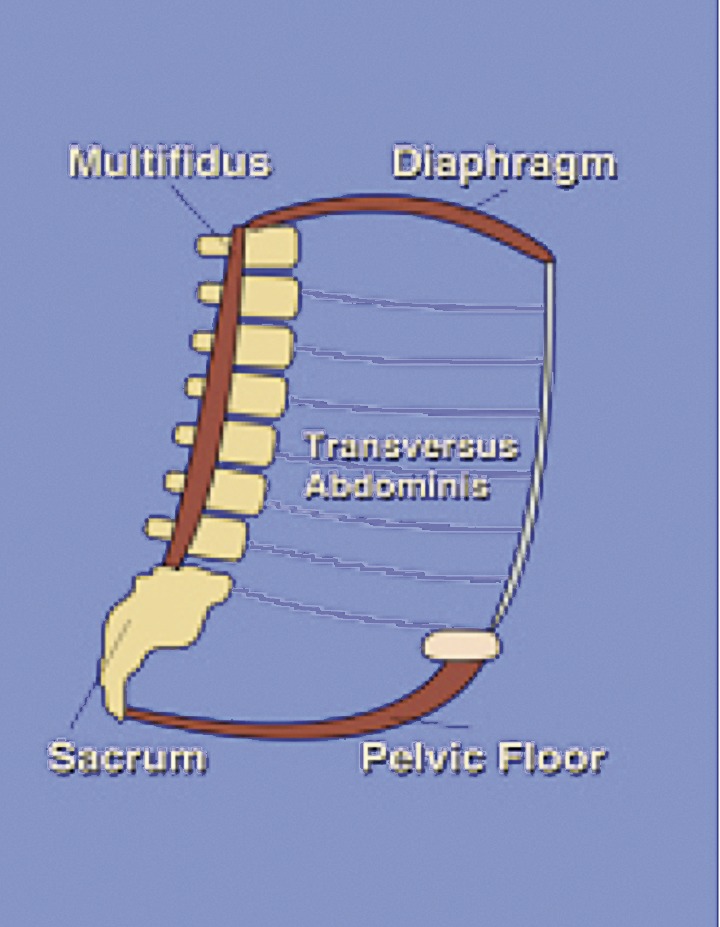Pregnancy State on Body Structure and Function
|
Weight Gain |
Averages up to 25-27 pounds; range associated with maternal BMI Increases stress to pelvic ligaments, which have higher elastic qualities |
|
Change to thorax |
Hormonally-induced: results in increased chest diameter, ribs flaring up and out |
|
Ventilation |
Work of breathing increases 15-20% due to increased demand, hyperventilation during pregnancy and dyspnea with mild exercise mid and late-term |
|
Blood volume |
Increases 35-50% |
|
Blood pressure |
Decreases in early pregnancy; pressure of uterus on inferior vena cava (IVC) in supine may result in hypotension; venous distension increases in LEs. Signs and symptoms of hypertension may result in serious and/or critical health compromise in the pregnant woman and fetus |
|
Heart Rate |
Increases by ~ 10-20 bpm by full term; arrhythmias may develop during pregnancy |
|
Cardiac output |
Increases by 30-60%; L side lying position minimizes compression from uterus to aorta |
|
Musculoskeletal |
Abdominal muscles are maximally lengthened and functionally weaker Reduced ligamentous strength throughout results in hypermobility/instability of joints and fascia Increased demand on pelvic floor muscles Postural compensations with potential long-standing changes |
|
Metabolic |
Average 300 Kcal/day needed during pregnancy due to increased metabolic rate |
|
Endocrine |
Enlarged adrenal, thyroid, parathyroid, and pituitary glands; relaxin and other hormones increases laxity |
|
Neurologic |
Nerve plexi and peripheral nerve compression due to fluid accumulation and structural changes |
|
Gastrointestinal |
"Morning sickness", nausea and vomiting; increased likelihood of reflux, constipation, heartburn, hemorrhoids, etc. |
Anatomical Internal Stabilizing Unit - The Lumbopelvic "Core"
Abdominal lengthening, pelvic floor lowering, diaphragm elevation, and increase laxity all contribute to movement dysfunctions and neuromuscular and/or musculoskeletal pain and decreased movement function with pregnancy

https://www.ncbi.nlm.nih.gov/pmc/articles/PMC3987347/
Changes in Posture and Balance
![]() http://www.flickr.com/photos/mahalie/144905384/
http://www.flickr.com/photos/mahalie/144905384/
 |
Click on the image to reinforce knowledge of common postural changes during pregnancy |
|
This content requires JavaScript enabled.
|
|
- hyperextension at knees and weight shift toward the heels (posterior) compensates for increased weight of fetus; results in changes to gait pattern
- waddling gait is attributed to posterior weight shift: note the wider base of support and increased external rotation at the hips
-



